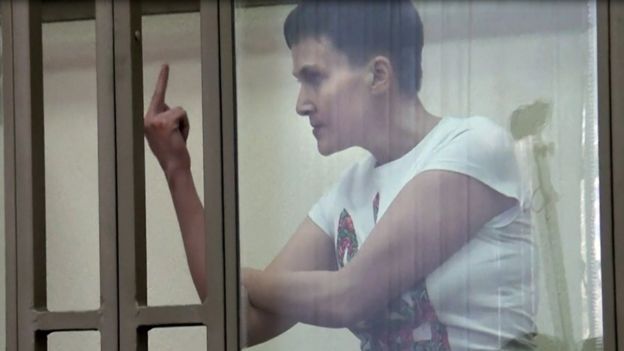Sergei Kalenik, the writer of the comic strip “SuperPutin, A
Man Like Any Other” in English, has introduced a satirical way to provide even
more coverage of the Russian president. His first strip, published in 2011,
depicts Vladimir Putin and Dmitry Medvedev performing various duties to
characterize themselves as heroes.
After blowing up the headquarters of al-Qaeda, Putin rushes
to save a bus headed for Moscow containing a bomb. The terrorists had recently
watched the movie, “Speed,” and so Putin is tasked with commandeering the bus so
the bomb does not blow. Medvedev appears costumed as a bear, and uses his
skills with technology to locate and destroy the bomb.
As they enter Moscow, a
traffic jam forces them to use the “nano-flasher,” a blue light that allows
them to enter a twilight zone and dodge the jam. However, they can only make it
through if they survive the blue-bucket wearing zombies that wish to eat their
brains. A clear reference to the Blue Bucket Brigade, these zombies threaten
the lives of our heroes and innocent civilians on the bus, yelling “Give us
back NTV” and “Let us elect our own governors!”
The tandem heroes, of course, manage
to fight their way through the zombies only to be faced with a giant troll that
wants to kill the civilians. Putin, however, challenges the troll to a duel and
the comic ends with the two in a face-off.
One can come to his or her own conclusions about the
politics of the comic strip, but we can all agree that it is fantastic. Kalenik
has made three more strips following the same story of the first, but the
worlds have transformed. Unfortunately, it seems that the domain for the site
has recently expired, and one can only hope that it will be resurrected in the
future.
The site, which once featured both English and Russian translations, was found at www.superputin.ru





















